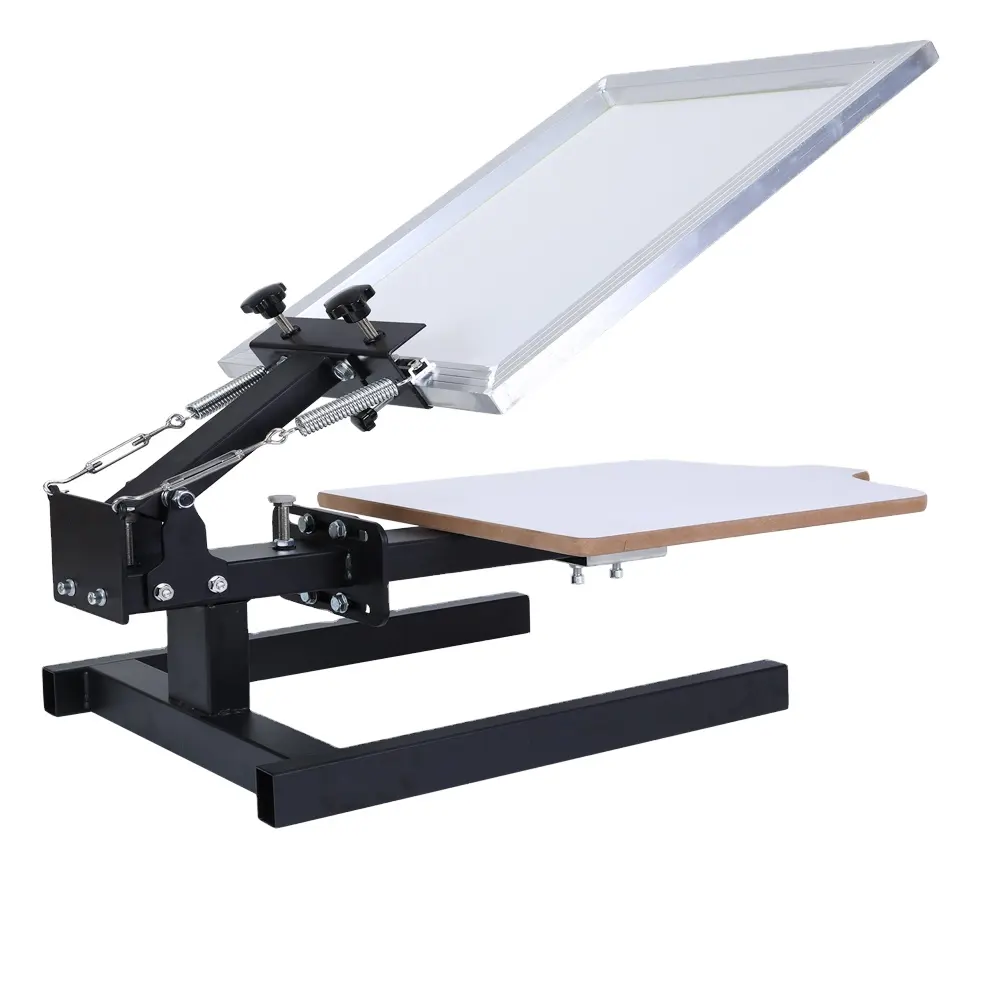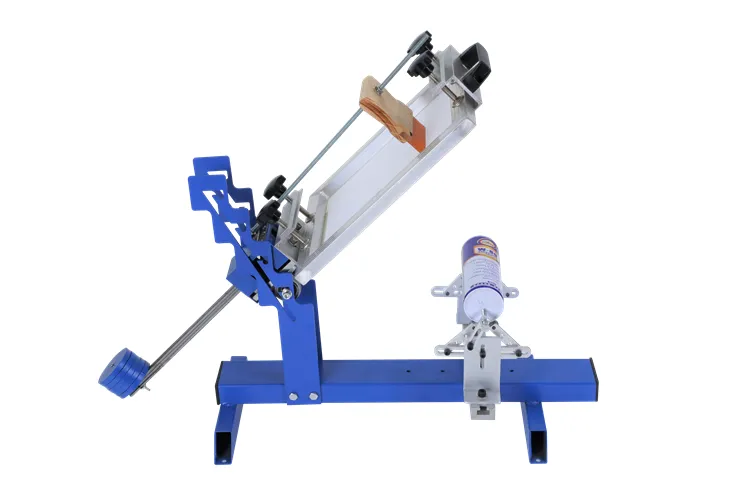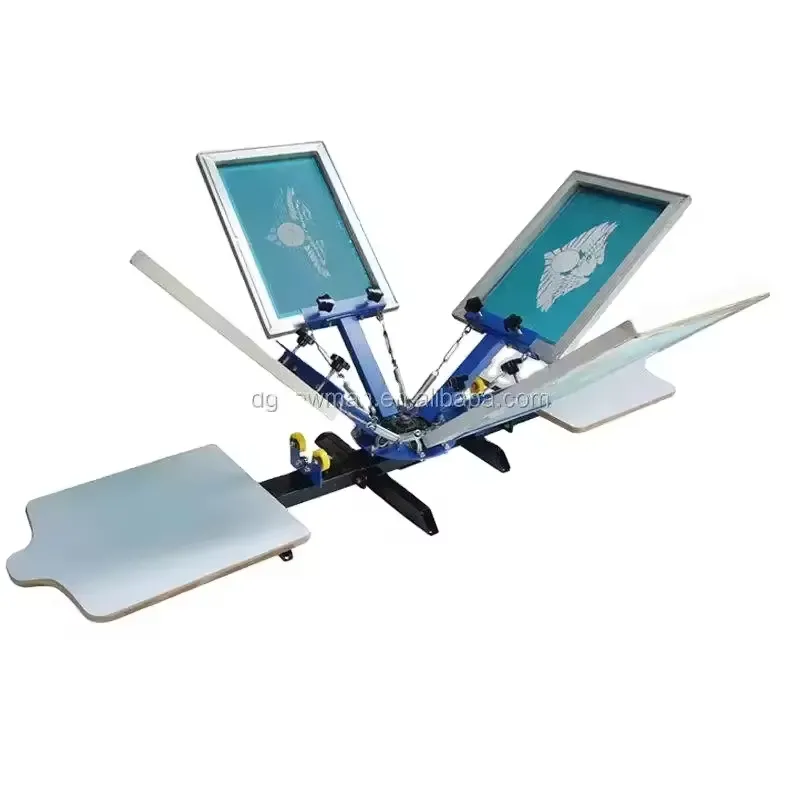impresión en pantalla en múltiples colores
La impresión en pantalla de múltiples colores representa una técnica de impresión sofisticada que permite la creación de diseños vibrantes y multicapa en diversas superficies. Este proceso versátil consiste en presionar tinta a través de estenciles de malla sobre el sustrato, con cada color requiriendo una pantalla separada. La técnica permite una separación precisa de colores y registro, asegurando que cada capa se alinee perfectamente para crear la imagen final. Los sistemas modernos de impresión en pantalla de múltiples colores incorporan funciones avanzadas como sistemas de registro automáticos, unidades de curado flash y paneles de control computarizados para una calidad consistente. El proceso admite diferentes tipos de tinta, incluidas plastisol, agua y tintas especiales, lo que lo hace adecuado para imprimir en textiles, papel, plásticos, vidrio y superficies metálicas. El método destaca en la producción de impresiones duraderas con excelente saturación de color y opacidad, particularmente beneficioso para crear mercancía, señalización y materiales promocionales. La capacidad de la impresión en pantalla de depositar una capa más gruesa de tinta en comparación con otros métodos de impresión resulta en colores más vibrantes y mejor cobertura en materiales oscuros. El proceso también permite efectos especiales como brillos, acabados metálicos y texturas elevadas, proporcionando posibilidades creativas para diseñadores y fabricantes.


